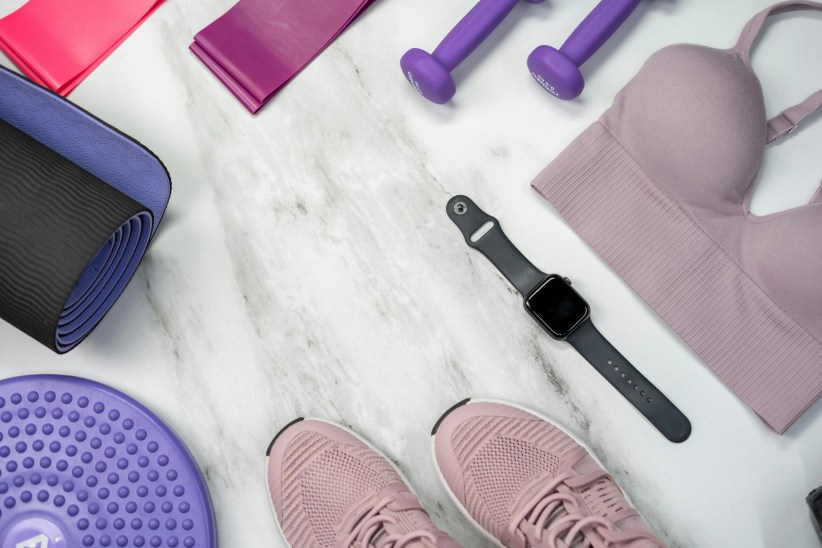Did you know it only takes about 7 minutes for the receptors in your skin cells to become fully saturated with Vitamin D? With summer finally approaching, your family may be itching to get outside. However, it’s important to protect you and your children from the harm the sun can cause, including greater risk for skin cancer, increased photo aging, and a variety of other rashes that can arise as a result of strong sun exposure. Kenneth T. Kircher, D.O., FAOCD, dermatologist on the medical staff of HealthAlliance Hospital in Kingston, shares five things to know to best protect your family from harmful UV rays.
Use zinc oxide sunscreen.
When it comes to sunscreen, there are two main categories: physical blocks and chemical blocks. While chemical blocks absorb the harmful UV rays from the sun, physical blocks cause those rays to bounce off of your skin. Both are useful, but Dr. Kircher recommends zinc oxide (a physical block), especially for children, because as a naturally occurring mineral, zinc is thought to be safer to use on small children. Titanium dioxide is another physical block, while everything else is a chemical block.
Sunscreens won’t harm you.
A recent study by the Food and Drug Administration shows that an amount of chemicals is absorbed through the body when chemical block sunscreens are used. However, the main chemicals in those sunscreens—avobenzone, oxybenzone, octocrylene, and ecamsule—are not harmful to the body. The FDA’s study was simply conducted to find out more safety data, according to the American Academy of Dermatology. The ingredients used most frequently in sunscreens in the U.S. are safe.
The higher the SPF, the better.
You’ve likely heard the rumor that an SPF higher than 50 does not make a difference. While the increase in protection is quite small once you go above 50, it does make a difference. “When [a brand tests] a sunscreen, they put them on way thicker than you would wear it,” Dr. Kircher says. So, with SPF 50, you may actually only be getting an SPF of 30-35, he explains.
Limit sun exposure.
When avoiding the sun is unavoidable, wearing a rash guard in the water, a hat, SPF-protected clothing, or even a regular cotton T-shirt can protect your skin. After all, “have you ever gotten a sunburn through a shirt that wasn’t wet?” Dr. Kircher asks. Be cognizant of the amount of time your child is in the sun. A sunburn is an inflammatory process that will take hours to manifest, according to Dr. Kircher, so you may not see the effects of excessive sun exposure until later. Dr. Kircher recommends covering up infants younger than 6 months as much as possible using clothing. This includes sunglasses which should have a UVA/UVB blocking label. Luckily, almost all sunglasses (even cheap ones) have this protection.
Reapplication time depends on your activity.
Sunscreens now provide a water-resistance time factor on the label. If you’re wearing an 80-minute sunscreen, you should reapply every 2 hours or so. However, this is all relative to your activity. “If your child is in the waves, you will have to reapply more frequently than if they’re just walking around on a cool day,” Dr. Kircher says.




















